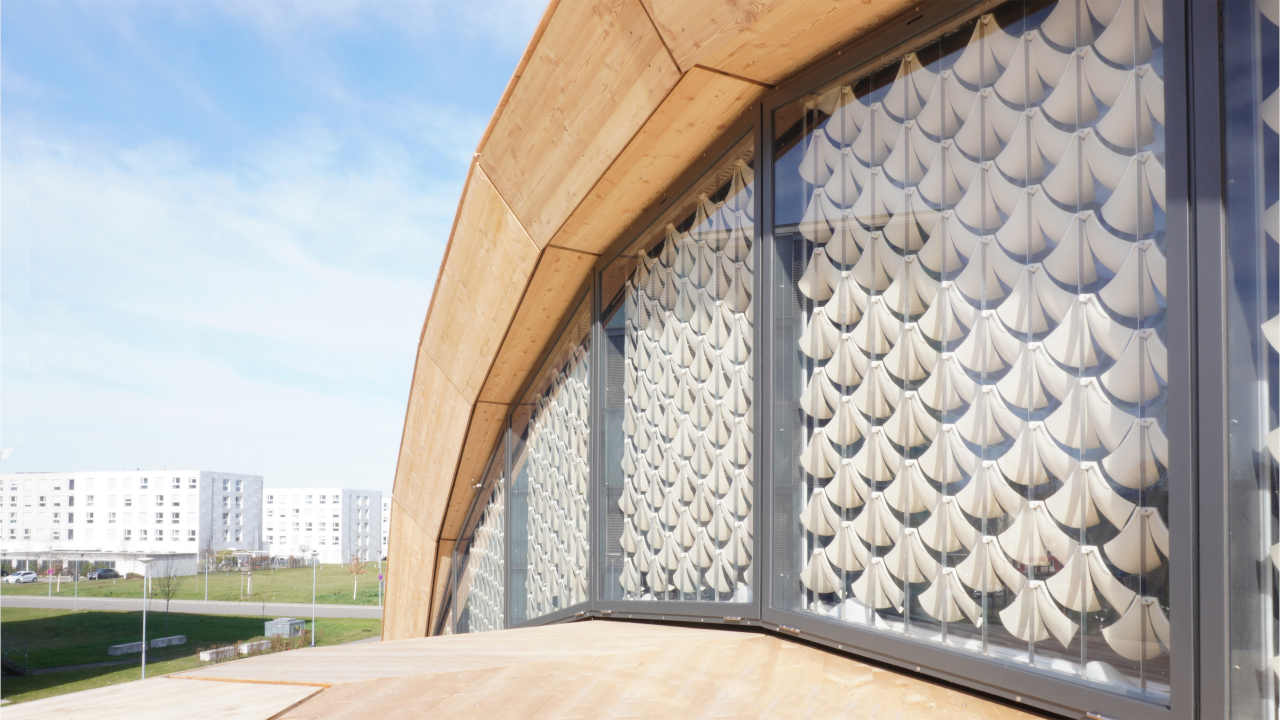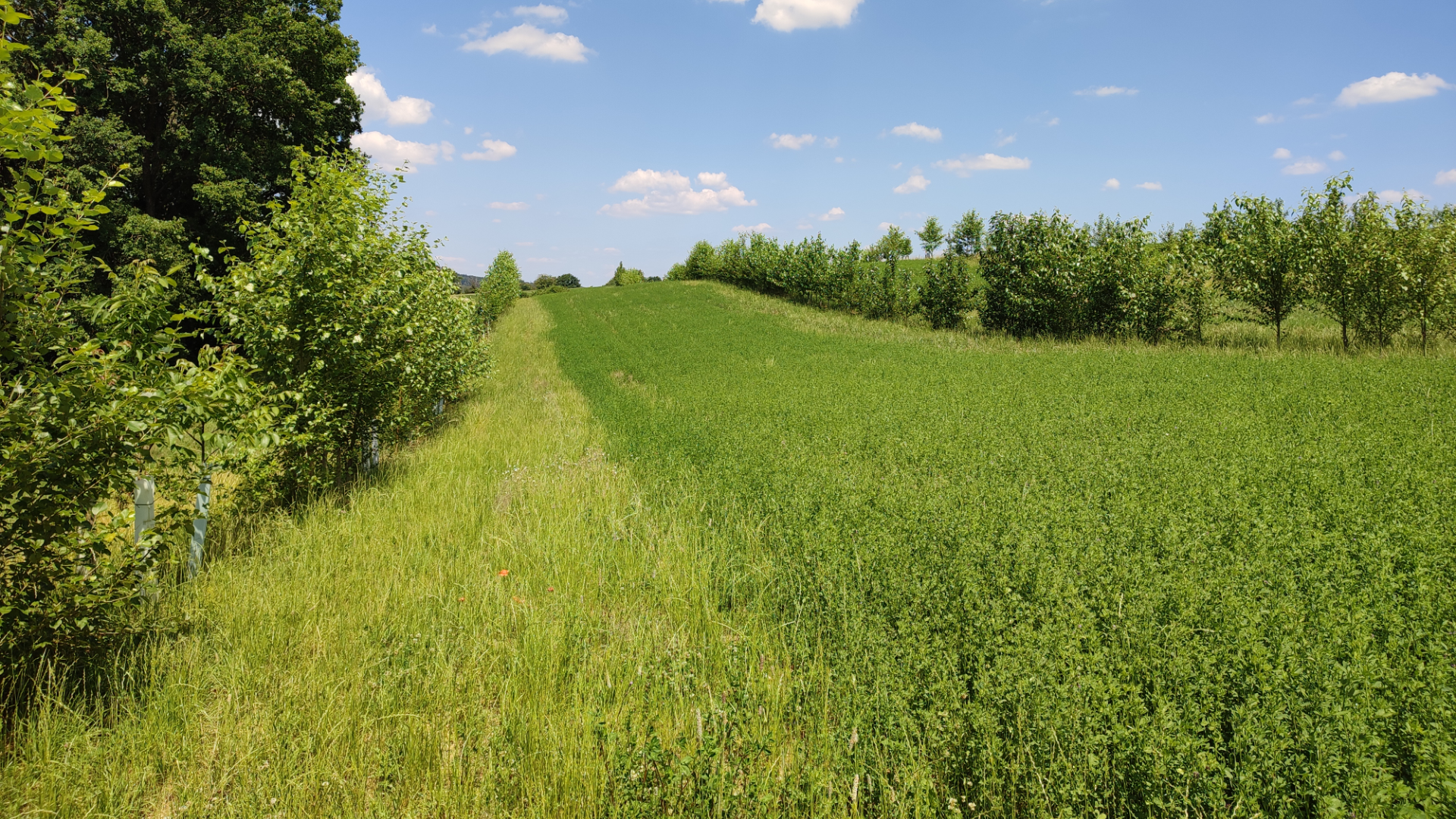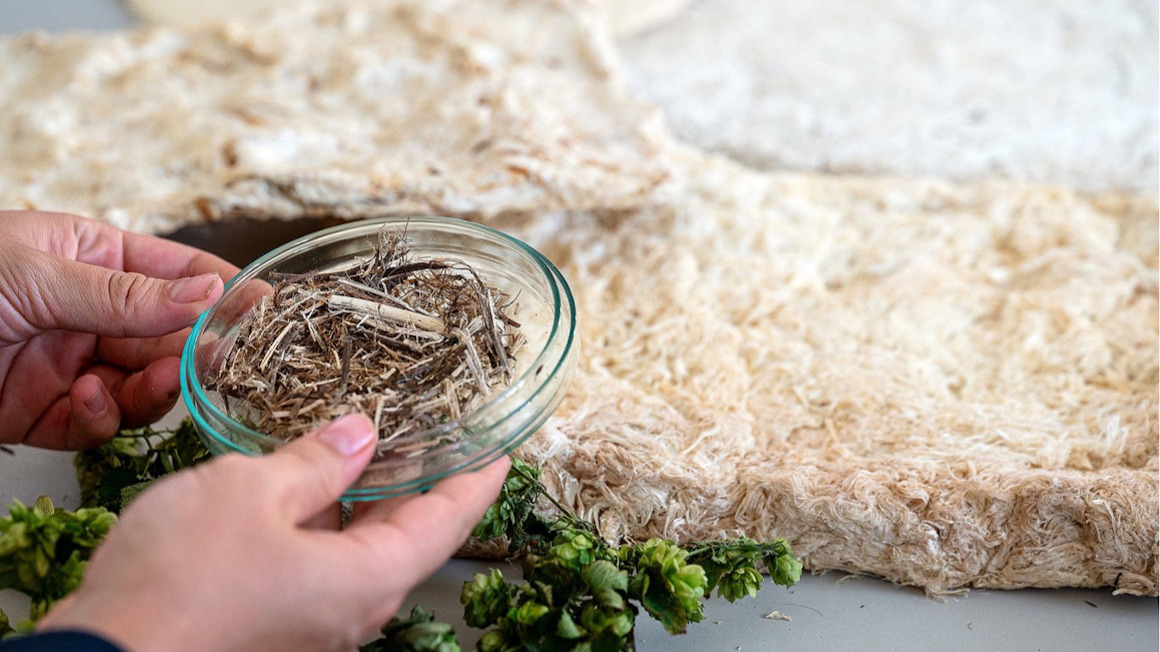Bio-based sun protection for building facades
Pine cones served researchers from Stuttgart and Freiburg as a model for a new bio-based shading system for building facades that adapts itself to the weather and is energy self-sufficient.

Nature offers numerous models that bionics can transform into innovative products. A current and fascinating example of this is the collaboration between researchers from the Universities of Stuttgart and Freiburg, who have developed a self-adapting shading system modelled on pine cones. Their solution is not only bio-inspired, but also bio-based: The system consists entirely of cellulose fibres - an abundant and renewable material. The key feature is that it is completely energy self-sufficient.
Bio-based and energy-self-sufficient
‘We have developed a shading system that opens and closes automatically depending on the weather conditions without the need for any operating energy or mechatronic elements,’ says Achim Menges from the University of Stuttgart. ‘The biomaterial structure itself is the machine.’
The Solar Gate facade system is therefore the first weather-adaptive shading system that works entirely without electrical drive energy. The research team has now described the results of the project in the journal Nature Communications. Researchers from the Clusters of Excellence ‘Integrative Computer-based Design and Construction for Architecture’ (IntCDC) at the University of Stuttgart and ‘Living, Adaptive and Energy-autonomous Materials Systems (livMatS)’ at the University of Freiburg were involved.
Cellulose in 4D printing
The natural building material cellulose has the advantageous property of swelling and shrinking in response to fluctuations in humidity. This so-called hygromorphism enables plant structures such as pine cones or inflorescences to open and close automatically depending on the environment.
Based on these natural models, the research team precisely adapted cellulose fibres and processed them into a two-layer structure. They used an extension of additive manufacturing - known as 3D printing - in which material is applied layer by layer. In the so-called 4D printing process, computer-controlled extrusion of the cellulose fibres creates a material that can adapt independently and reversibly to external influences. In high humidity, the cellulose fibres absorb moisture, expand and cause the printed elements to curl up and thus open up to let sunlight through. When the cellulose fibres release the moisture and contract, the elements flatten and close again.
Inspired by nature
Inspired by hygroscopic movements, Solar Gate has not only succeeded in transferring the high functionality and robustness of biological models into a bio-inspired shading system, but also the aesthetics of plant movements, the researchers write: ‘This can be regarded as the “royal road of bionics”, as everything that fascinates us about the biological source of ideas has also been realised in the bio-inspired architectural product.’
The functionality and durability of the system have already been tested for a year on the Biomimetic Shell building demonstrator at the University of Freiburg. Driven solely by daily and seasonal fluctuations in humidity, the shading elements open to let in sunlight or close to reduce solar radiation.
The researchers are convinced that the energy-self-sufficient and resource-efficient shading system illustrates the possibilities offered by accessible and cost-effective printing technologies as well as cellulose as a sustainable building material.
ck


